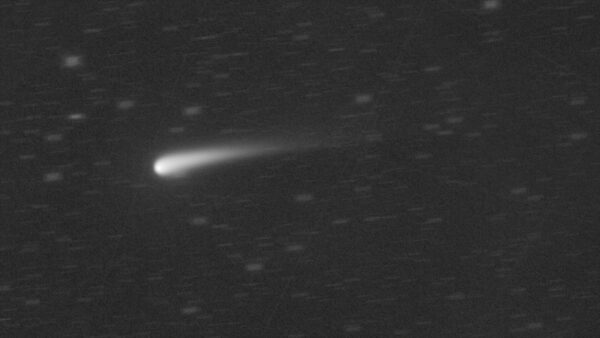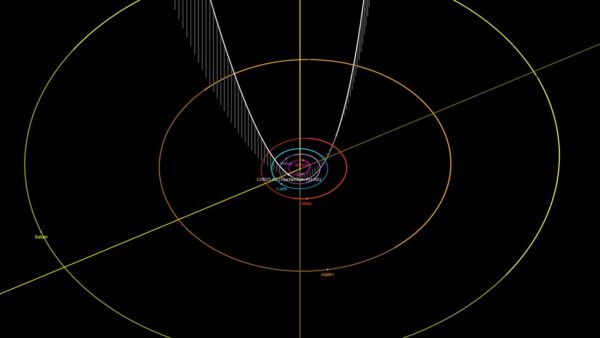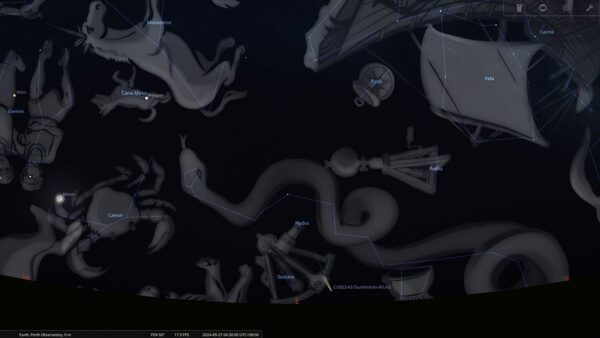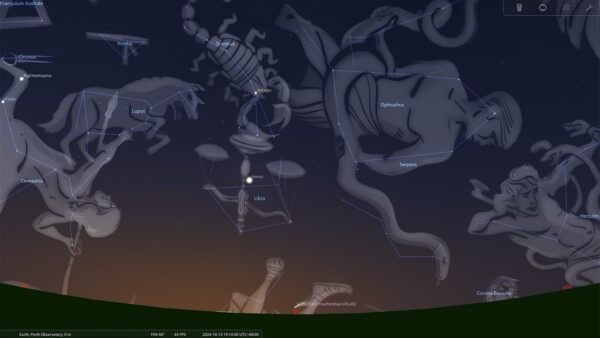A Celestial Spectacle Unfolding in 2024

Astronomy enthusiasts are eagerly anticipating the arrival of Comet C/2023 A3 (Tsuchinshan-ATLAS). This celestial visitor has always been the better of the two potential naked-eye comets, the other being Comet 12P/Pons-Brooks which ended up being a binocular comet. While there have been some troubling signs that it may go the way of 2012’s “Comet of the Century” Comet ISON, and breaks up as it goes past the Sun before we get the best view, it still has much potential. It was discovered jointly by the Purple Mountain Observatory (Tsuchinshan) in China and the Asteroid Terrestrial-impact Last Alert System (ATLAS) in Hawaii, in January 2023, when it was far out beyond the orbit of Jupiter, some 1.09 billion km from the Sun.

This comet follows a highly elongated orbit estimated to be 80,660 years inbound that takes it from the distant reaches of the solar system called the Oort cloud into the inner solar system, close to the Sun (Its perihelion) at 0.39 AU (58 million km) on 27th September 2024. This means this comet has not been seen from Earth in recorded history. The comet will pass just 0.47 AU (71 million km) from Earth on the 12th of October 2024. This orbit is also weakly bound to the Sun so if it does survive its close approach to the Sun, it may be expelled from the Solar System.
As it approaches the Sun, the increase in temperature causes the comet’s icy nucleus to sublimate, releasing gas and dust that form a glowing coma and, often, a tail that stretches for millions of kilometres. The nucleus of Comet C/2023 A3 is composed of a mix of volatile ices, such as water, carbon dioxide, ammonia, and rocky material. The interaction between the solar wind and the comet’s outgassing creates the characteristic tail, which always points away from the Sun due to the pressure of the solar wind.

The best viewing opportunities will be in the Southern Hemisphere. You’ll be able to see the comet before dawn in the east in late September and the first week of October. After the comet gets closest to the sun, it will swing around near Earth. But as it does so, it passes almost directly between Earth and the Sun, making it challenging to view until the middle of October as it reappears from the Sun’s glare, and you’ll be able to see it in the west after dusk for a few weeks. During these few weeks, the comet is expected to reach its peak brightness, potentially becoming visible to the naked eye under dark sky conditions.

To see it, it’s best to find Dark Skies locations, as light pollution from urban areas can significantly diminish the visibility of the comet. When the comet is viewable in the morning it’s best to see it in the Central Wheatbelt and away from big towns. When it reappears after dusk in the west, it’s best to go to the beaches away from streetlights, the lookouts along the Perth Hills escarpment, like Lion’s Lookout and the Zigzag Lookout. If you do have binoculars, it’s best to bring them just in case this comet goes the same way as Comet 12P/Pons-Brooks.
You do have to remember that comets are like cats, only they know what they will do. The path and visibility of Comet C/2023 A3 may also change slightly as it interacts with the gravitational forces of the planets and the Sun’s solar wind. To stay informed about the latest developments, follow updates from us on our Facebook page.
Banner Image Credit: Josh Robertson





